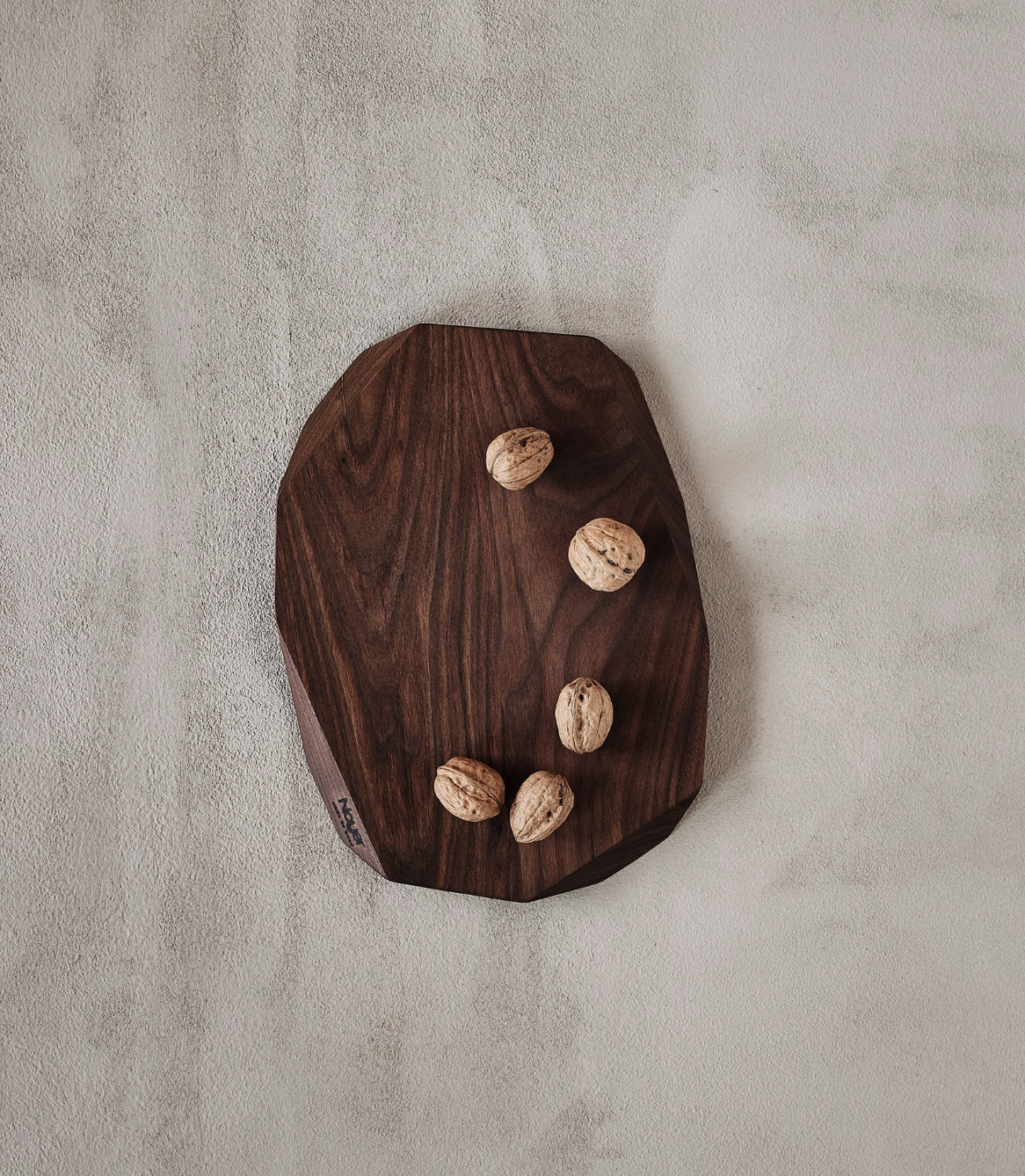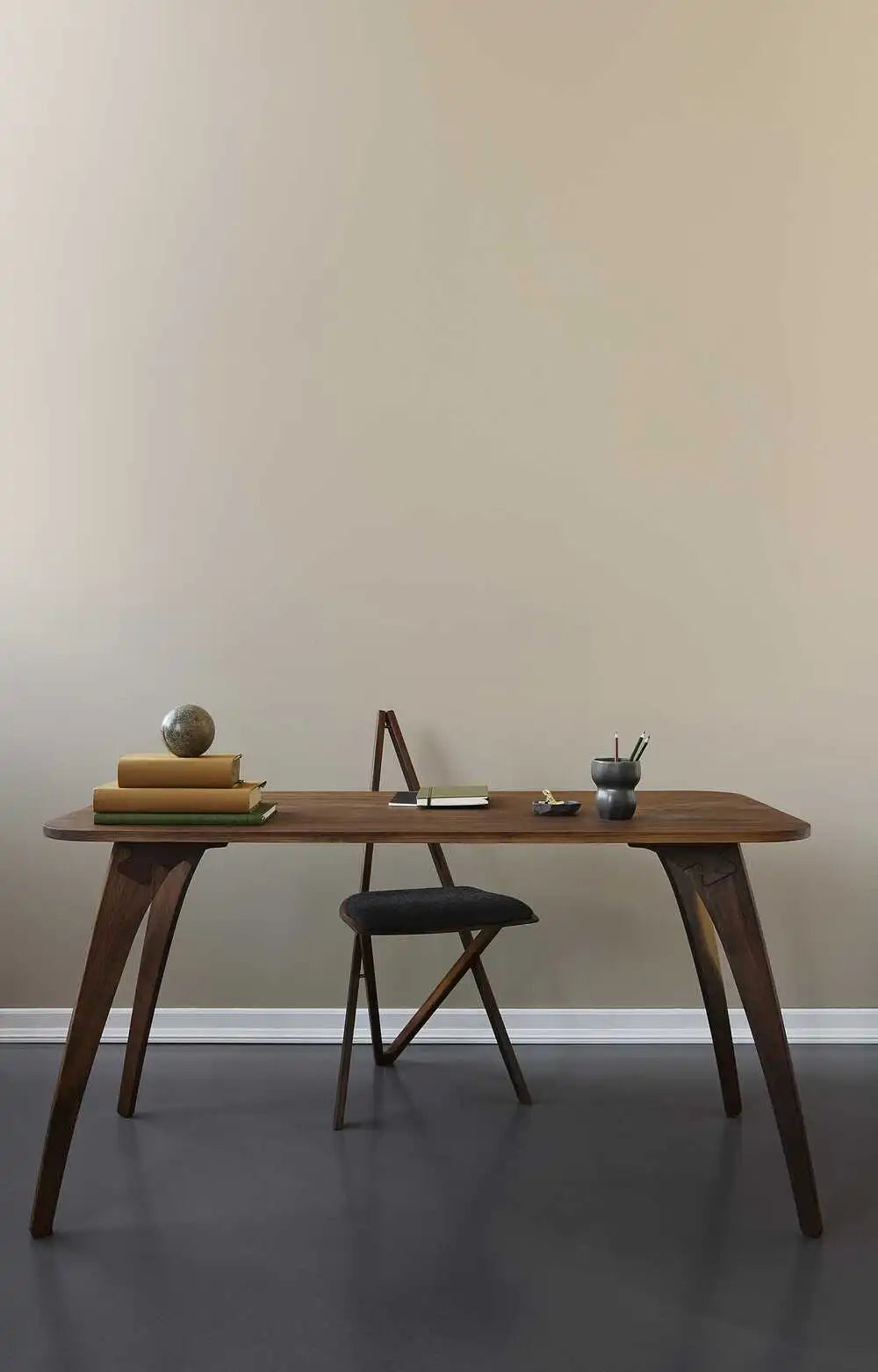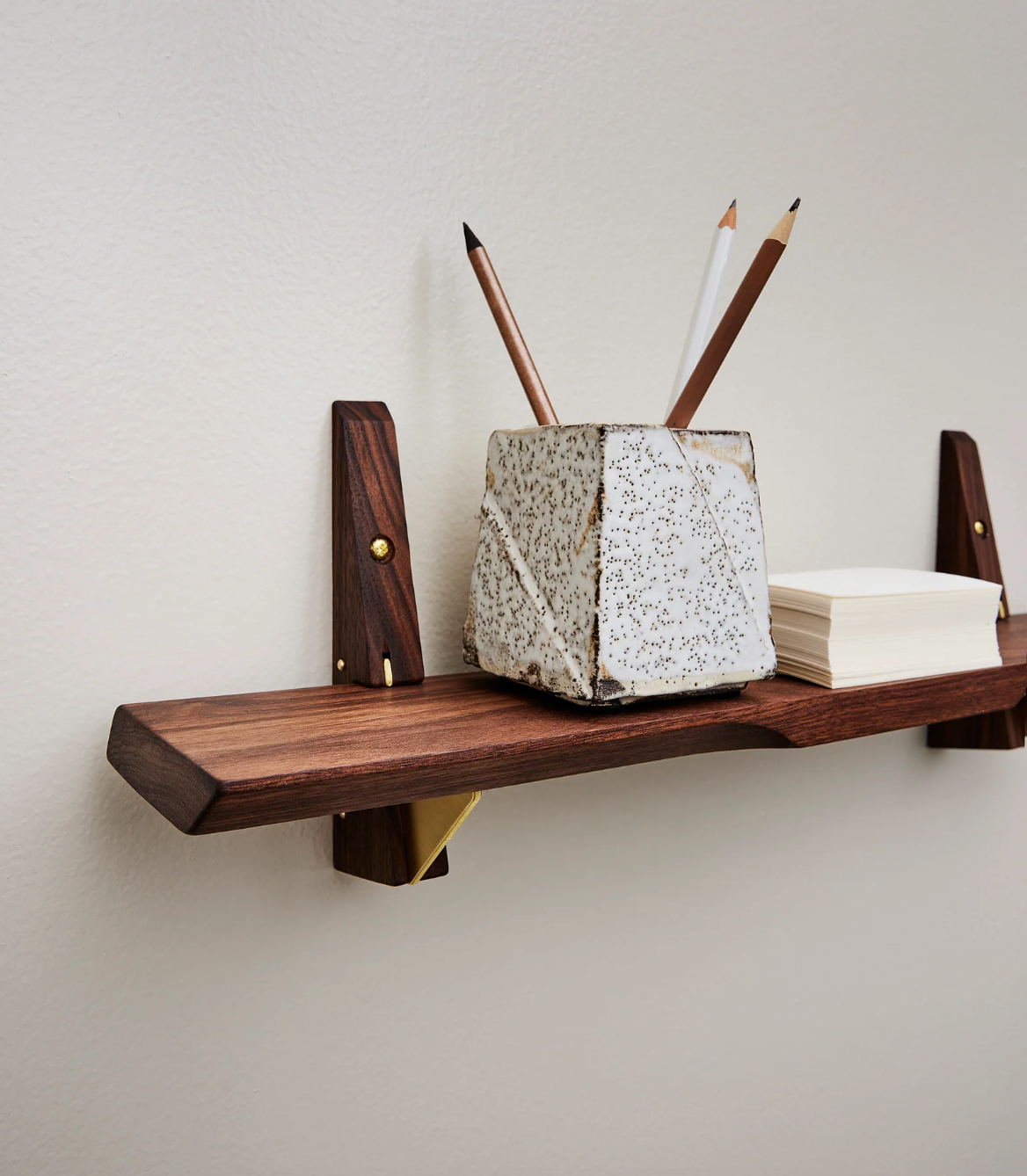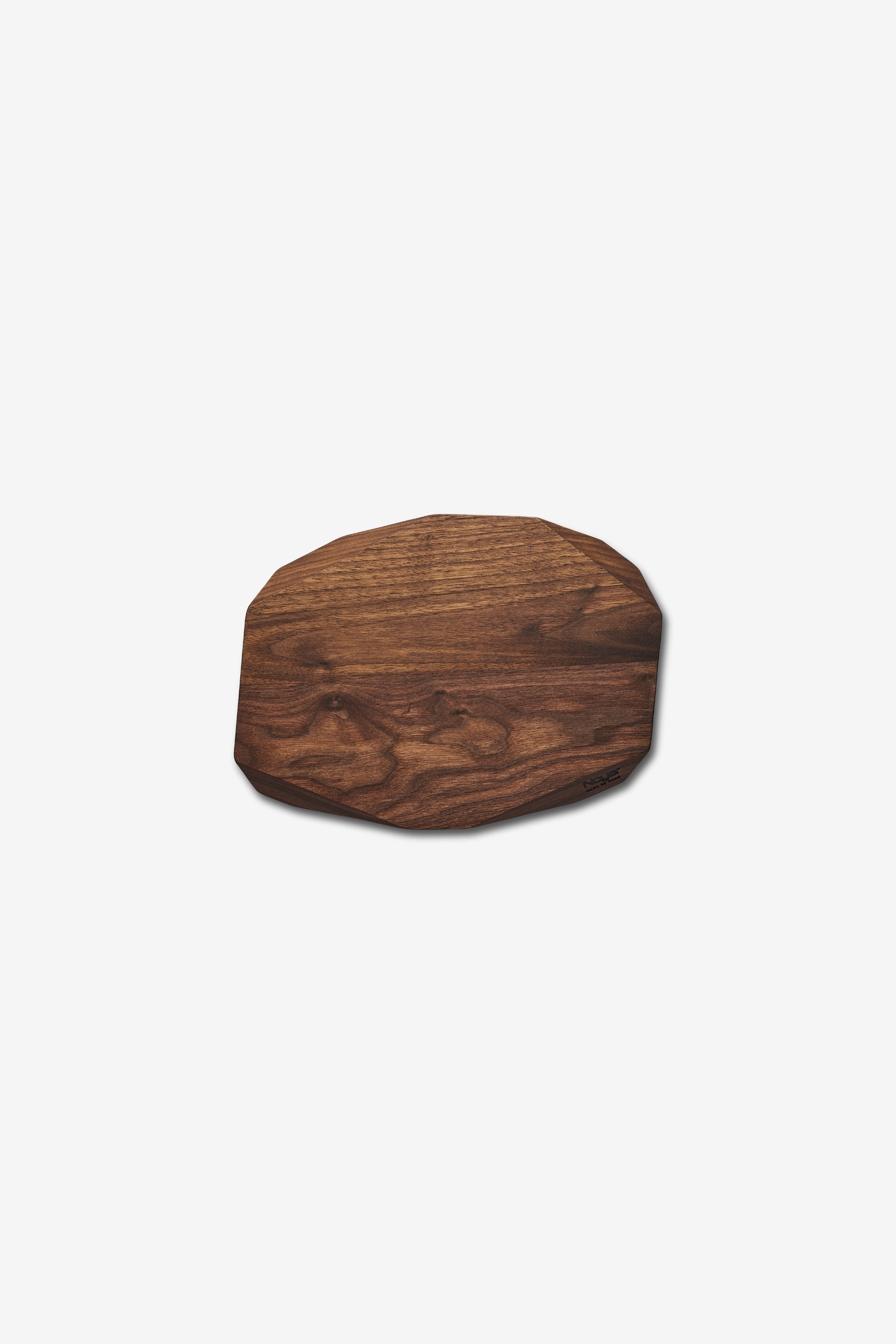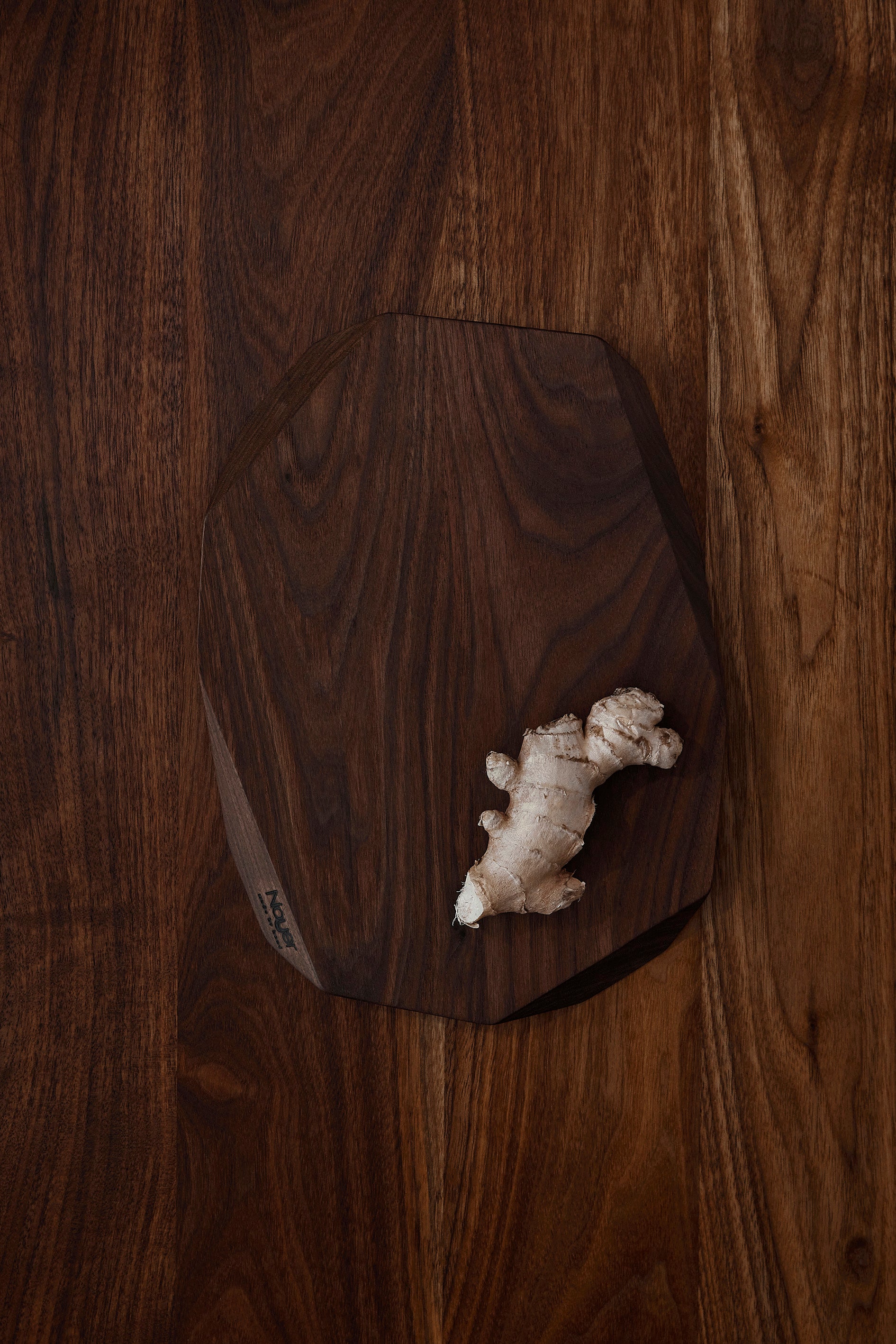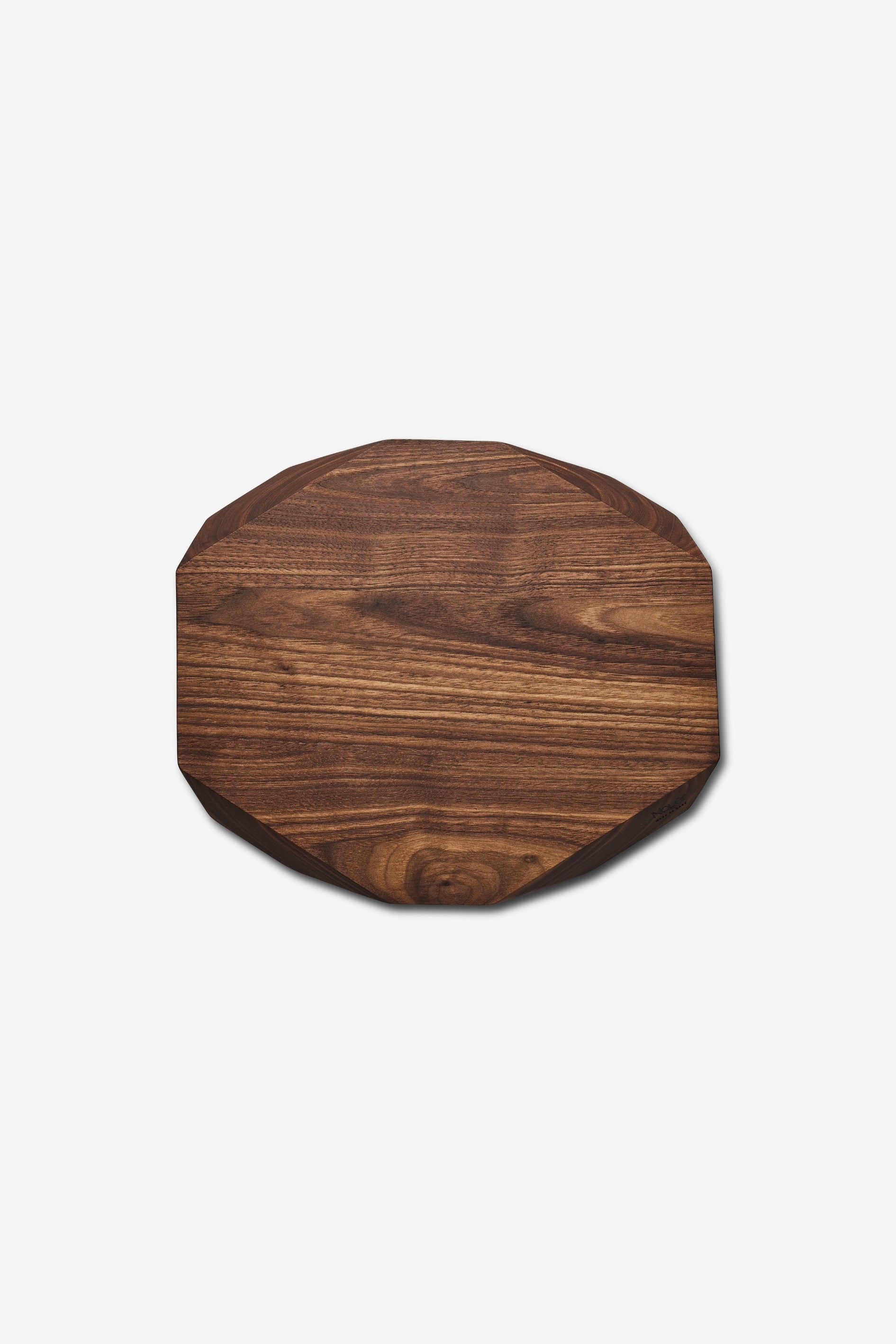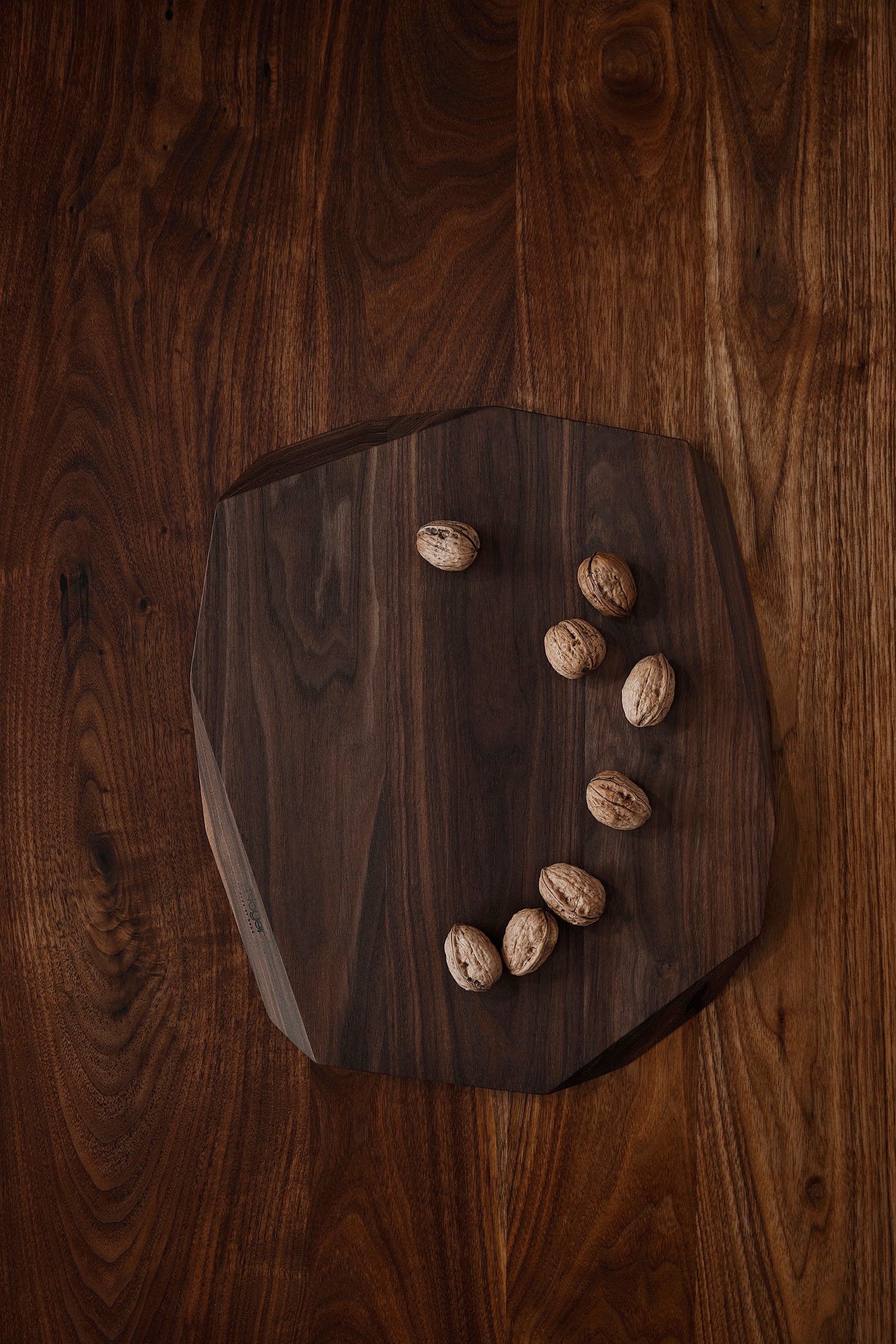Choosing the Right Cutting Board for Your Kitchen: Why Wooden Boards Are the Best Option
When selecting a cutting board for your kitchen, the options are plentiful: glass, plastic, stone, bamboo, and wood. Among these, wooden cutting boards stand out as the most optimal choice. In this article, we will explore the numerous advantages of wooden cutting boards and explain why they are the top pick for both kitchen enthusiasts and professional chefs. We will also discuss why plastic boards fall short and introduce Noyer’s elegant cutting boards made from walnut wood.
Advantages of Wooden Cutting Boards
Durability and Self-Healing: Built to Last
A wooden cutting board is renowned for its durability, especially when crafted from hardwoods like walnut, oak, or maple. The dense structure of wood makes it highly resistant to cuts and impacts from daily use. A unique benefit of wooden cutting boards is their natural ability to self-heal minor scratches and cuts. This means they can close themselves over time, preventing bacteria from penetrating the surface. As a result, these boards remain functional and visually appealing for many years.
Natural Antibacterial Properties: A Hygienic Choice
Wood possesses natural antibacterial properties, making it a hygienic option for your kitchen. Studies have shown that wood can kill bacteria faster than plastic. Its porous surface absorbs moisture, creating unfavorable conditions for bacterial survival. Additionally, wood contains natural compounds that inhibit bacterial growth. This makes wooden cutting boards a safer and more hygienic solution compared to plastic boards, which can develop deep grooves that harbor bacteria.
Knife-Friendly Surface: Gentle on Your Knives
Wooden cutting boards are also the best choice for protecting your knives. The natural wooden surface is softer than hard materials like glass or stone, allowing it to yield slightly to the knife blade. This reduces the risk of dulling or damaging the blade. By using a wooden cutting board, you save time and money on frequent sharpening and maintenance.
Why Plastic Cutting Boards Fall Short
While plastic cutting boards are often seen as practical and inexpensive, they have several drawbacks. Plastic boards quickly develop deep scratches and grooves, which can become breeding grounds for bacteria and are difficult to clean thoroughly. Over time, plastic also absorbs odors and stains from food, making them less hygienic and less pleasant to use. Furthermore, plastic surfaces are not gentle on your knives—the harder material can dull blades quickly, requiring more frequent sharpening. Thus, plastic cutting boards are a short-term solution lacking the many benefits that wooden boards provide.
Noyer’s Walnut Cutting Boards: A Blend of Functionality and Elegance
At Noyer, we take pride in offering cutting boards of the highest quality, crafted from luxurious walnut wood. Our boards combine durability and elegance, making them the perfect choice for any food enthusiast. Walnut wood is known for its strength and distinctive, rich grain patterns, adding an exclusive touch to your kitchen.
Each cutting board is meticulously handcrafted and designed to last a lifetime. Its timeless aesthetic ensures that it only becomes more beautiful with age. Moreover, our boards are created with functionality in mind, doubling as cutting surfaces and serving platters for cheese, bread, or charcuterie.
Choose Wooden Cutting Boards for Quality and Beauty
Opting for a wooden cutting board is a decision that delivers both lasting value and beauty. Wooden cutting boards are durable, hygienic, knife-friendly, and visually appealing—everything you could want in a cutting board. While plastic boards may seem practical in the short term, they lack the longevity, functionality, and elegance of a wooden board.
